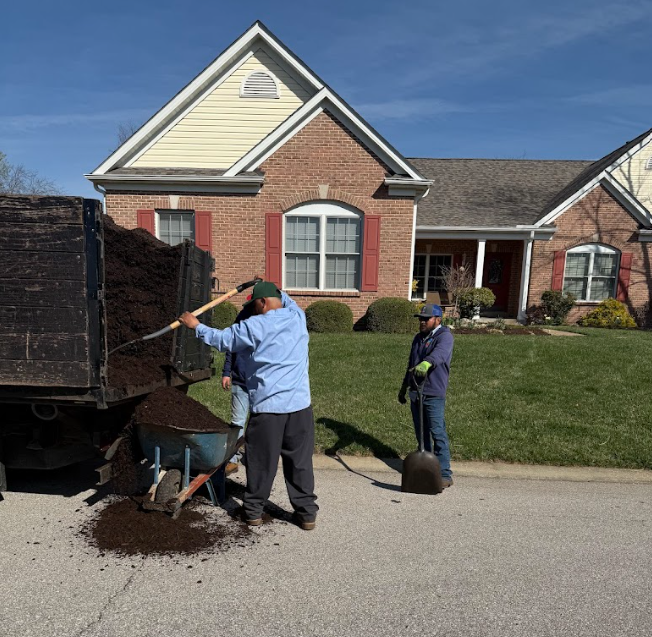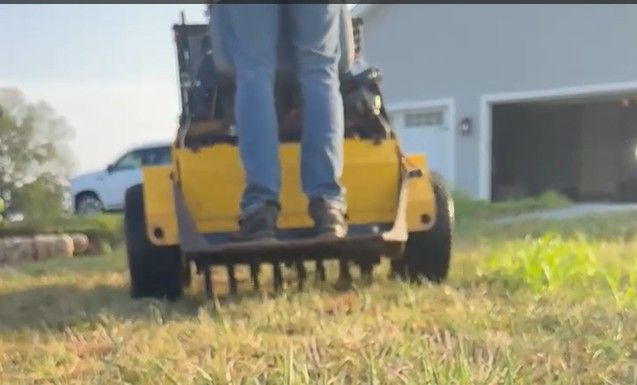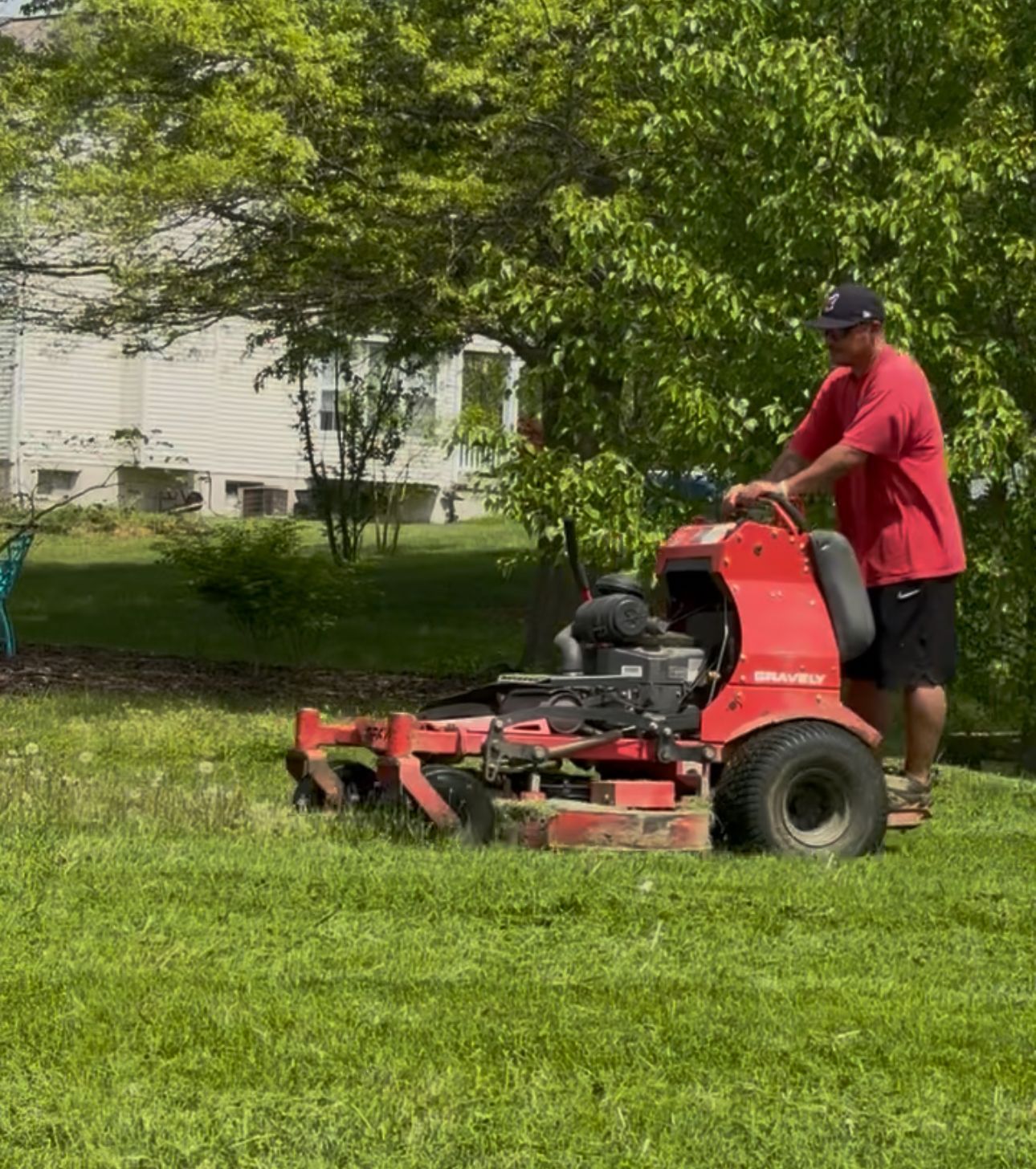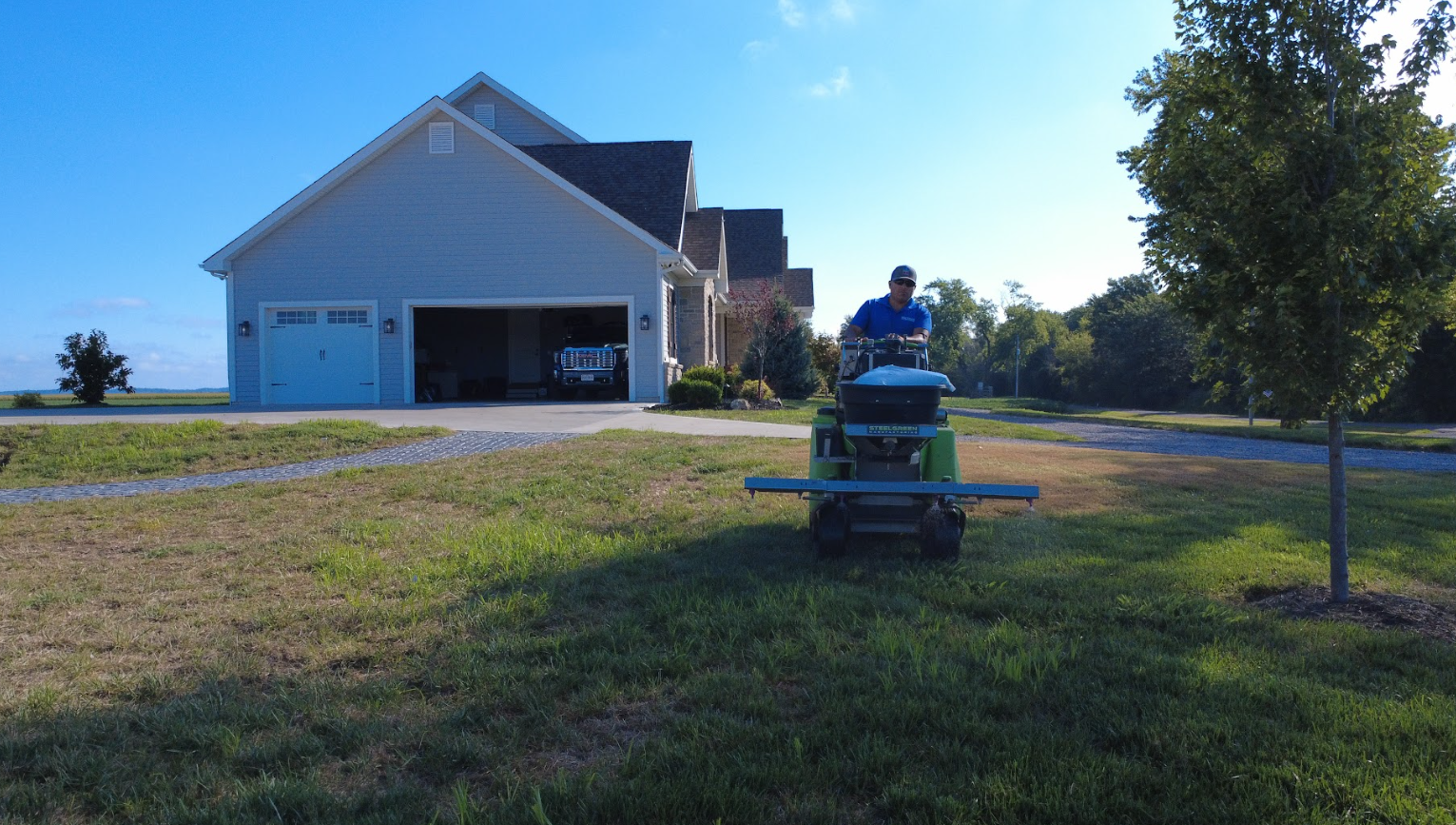🌱 How Aeration Affects Composting
Hackmann Lawn & Landscape St Charles MO • September 25, 2025
Composting & Lawn Aeration in the Fall


1. Speeds Up Decomposition
- With enough oxygen, aerobic microbes thrive, breaking down organic matter faster.
- Poor aeration → oxygen runs out → anaerobic microbes take over → slower decomposition.
2. Reduces Odors
- Aerobic composting mostly produces CO₂, water, and heat.
- Anaerobic composting produces methane, ammonia, and sulfur compounds, which smell bad.
- Turning/aerating the pile keeps it “fresh” smelling and earthy.
3. Maintains Heat Levels
- Good airflow fuels microbial activity, which generates the heat needed for “hot composting.”
- If oxygen drops, the pile cools, slowing down the composting process.
4. Balances Moisture
- Aeration helps release excess moisture (which can cause compaction and oxygen loss).
- A well-aerated pile has a fluffy texture that lets both air and water move through.
5. Prevents Compaction
- Especially in piles with grass clippings, food waste, or other “wet” materials, compaction reduces airflow.
- Aerating (by turning the pile or using perforated pipes) keeps the structure open.
🚜 In Lawn (Like Aerating Soil)
If you’re thinking of aeration in the lawn care sense:
- Lawn aeration (punching holes in the soil) does not directly compost, but it helps organic matter break down in soil by allowing oxygen, water, and microbes to penetrate deeper.
- That means if you topdress with compost or let grass clippings decompose, aeration accelerates that natural composting in the soil.
✅ In short: Aeration is the oxygen supply for composting. More oxygen = faster, cleaner, and more effective compost.
Looking to get your lawn aerated? Check out our promotion on our home page. www.hackmannlawn.com








